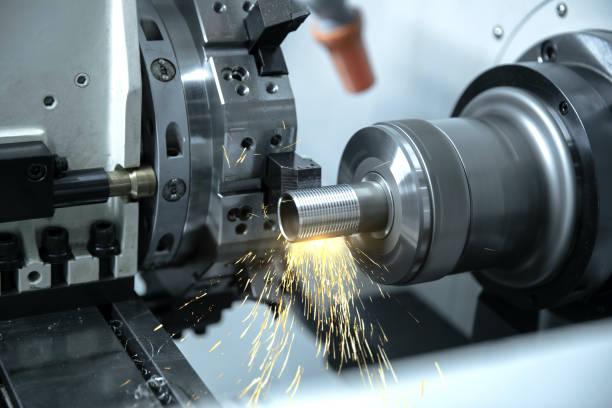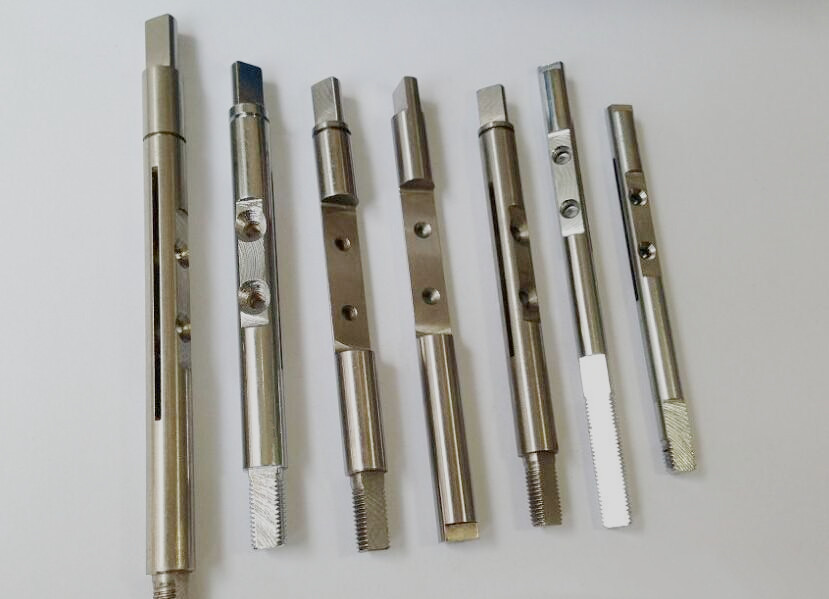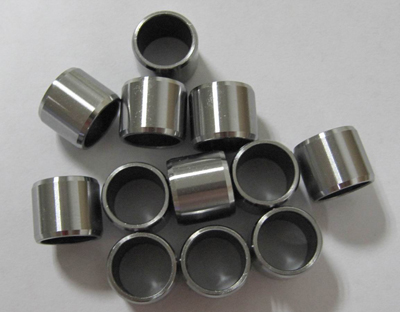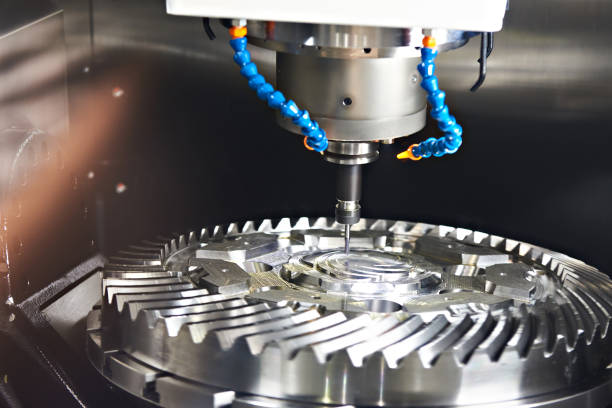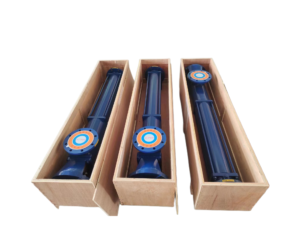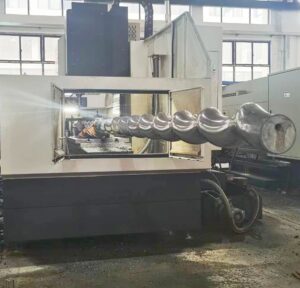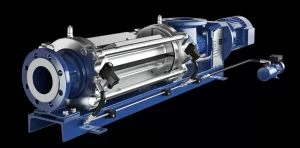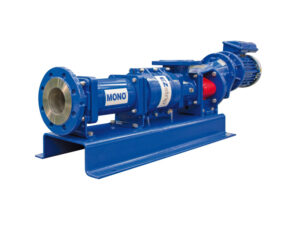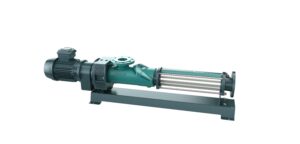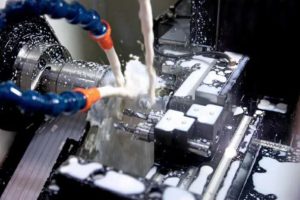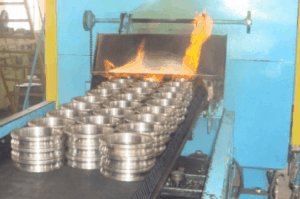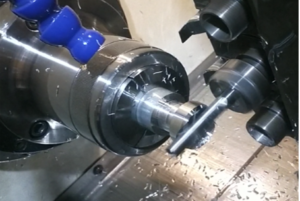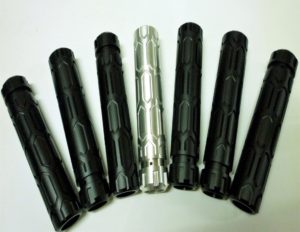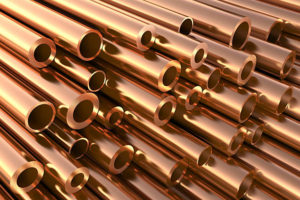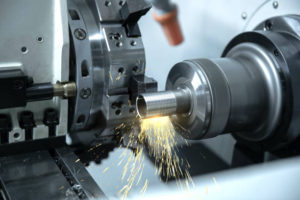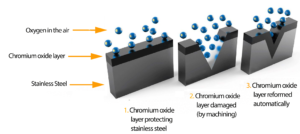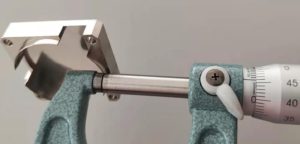In the previous post named 6 Types of Commonly Used Raw Materials in Machining, we mentioned 303 (SUS303), 304(SUS304) and 316(SUS316) are commonly used stainless steels in CNC machining.
What are the differences between stainless steel 303, 304 and 316? Which stainless steel is the right one for your mechanical part application? The answers to those questions are critical and very important for people who need to decide on raw material. Especially for the metal parts engineers in their part design.
The differences between stainless steel 303,304 and 316
Before choosing the right stainless steel serial number, we should first know how they are different from each other.
What are the main types of stainless steel alloys?
The main types are austenitic, ferritic, martensitic, duplex and precipitation hardening stainless steels. Among them, the most widely used and popular is austenitic stainless steel.
As explained in Wikipedia, Austenitic stainless steel is one of the five types of stainless steel by crystalline structure. It is along with ferritic, martensitic, duplex and precipitation hardened. Its primary crystalline structure is austenite (face-centered cubic). And it prevents the steel from being hardenable by heat treatment and makes them essentially non-magnetic.
Regarding austenitic stainless steel, there are two subgroups. Let’s say 200 series and 300 series. Please note that 300 series stainless steel achieve their austenitic structure primarily by a nickel (Ni) addition. While 200 series substitute manganese(Mn) and nitrogen(N) for nickel, still with a small percentage of nickel content.
The subgroup of 300 series stainless steel is larger than the 200 series. Obviously, 303, 304 and 316 are stainless steels of the 300 series. In this post, we will firstly share with you how they are different from each other. The table below tells us they are different in chemical composition content.
Major Alloying Elements Comparison by weight (%)
| AISI Grade | C | Cr | Mo | Ni | Others | Remark |
| 303 | < 0.10 | 18 | N/S | 9 | 0.3 | Sulphur (S) is added to improve machinability |
| 304 | < 0.07 | 18.5 | N/S | 9 | N/S | A very common austenitic stainless steel grade |
| 316 | < 0.07 | 17.5 | 2.2 | 11.5 | N/S | Second best known austenitic grade Mo increases the corrosion resistance |
303 Stainless Steel
303 is a kind of free-cutting stainless steel. It is mainly used in occasions requiring free cutting and a high surface finish. From the above table, we could find that 303 contains 0.15% of added sulfur(S).
Although the addition of sulfur slightly reduces its corrosion resistance, it improves machinability. So 303 is widely used to make accurate machining parts. For example, pins, shafts, bushings, bearings, nuts, bolts and some other fasteners.
303 stainless steel still has strong corrosion resistance, but for an added boost, we recommend 304.
304 Stainless Steel
304 stainless steel is also known as 18/8 or A2. It’s the most commonly used type of austenitic stainless steel. 18/8 means this material contains a minimum of 18% chromium (Cr) and 8% nickel(Ni). So it has the alternate name 18/8 stainless steel.
This stainless steel type is oxidation-resistant and corrosion-resistant. It’s harder than 303 stainless steel but more cost-effective compared to 316.
316 Stainless Steel
Type 316 is the next most commonly used austenitic stainless steel. Compared to 304, 316 contains a minimum of 16% chromium(Cr), 10% nickel(Ni) and 2% molybdenum(Mo).
The main difference between 304 and 316 is that 316 contains a significant content of molybdenum(Mo). Molybdenum is a transition metal with high corrosion resistance,So the corrosion resistance of 316 is obviously improved by the increase of molybdenum. And 316 has better resistance to chemical attack and high temperature than 304.
Based on this point, if your stainless steel parts or devices will work underwater or in an environment with high temperature or high amounts of corrosive elements, 316 is the best choice among these three stainless steel materials.
Which stainless steel is harder to processing?
In the machining industry, 303 material is the most popular part of the production factory. From the material point of view, 303 is a free-cutting material, which is easy to process. Almost all the CNC machine shops can process 303 stainless steel parts. However, 304 has a higher hardness. And this makes it more difficult to process and more expensive than 303.
Can every machining factory process stainless steel 304? On the whole, this is not the case. Because 304 is harder and it needs a good CNC machine with better rigidity. So some metal parts manufacturers can process 303 parts but failed to manufacture stainless steel 304 parts.
Among the three, 316 is the most difficult to process. Many machining plants refuse to make custom parts of 316. Because of adding the element molybdenum, 316 hardness has been improved a lot than that of 304. Before manufacturing 316 parts, special tools are necessary as well as suitable CNC equipment.
Let us put it this way. When we machine precision 316 parts, we need better tools. And the tools wear is fast. If the parts are relatively large, you have to replace the tools frequently. Maybe you need to do it just finished the processing of several pieces.
It is critical to choose the right stainless steel material in metal part engineering. For your better understanding and comparison, we concluded a table below for your information.
Multiple Comparison between 303, 304 and 316
| AISI Grade | Chemical Properties | Corrosion Resistance | Processing Difficulty | Material Cost | Processing Cost |
| 303 | Cr:17% Ni:8% S:0.15% | Good | Normal | Normal | Normal |
| 304 | Cr:18% Ni:8% | Better | Medium | Medium | Medium |
| 316 | Cr:16% Ni:10% Mo:2% | Best | Difficult | High | High |

